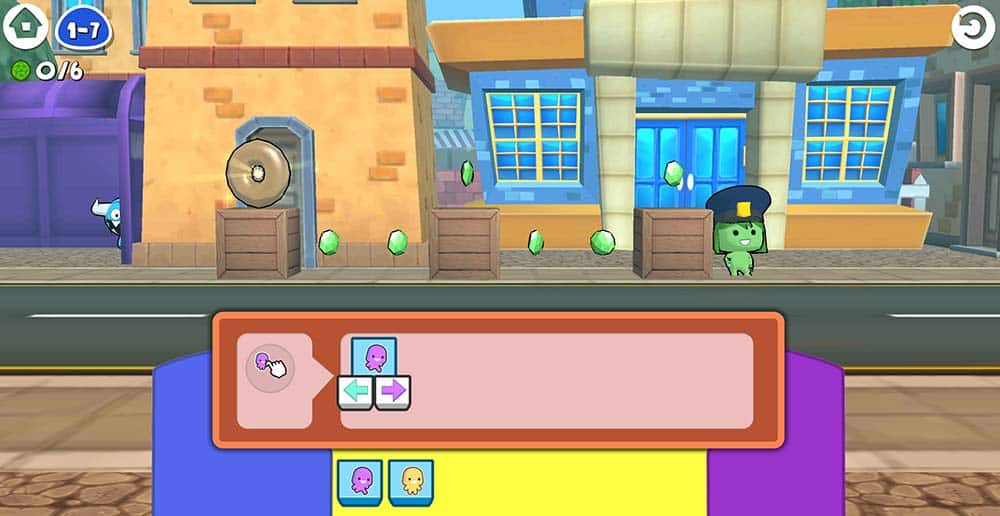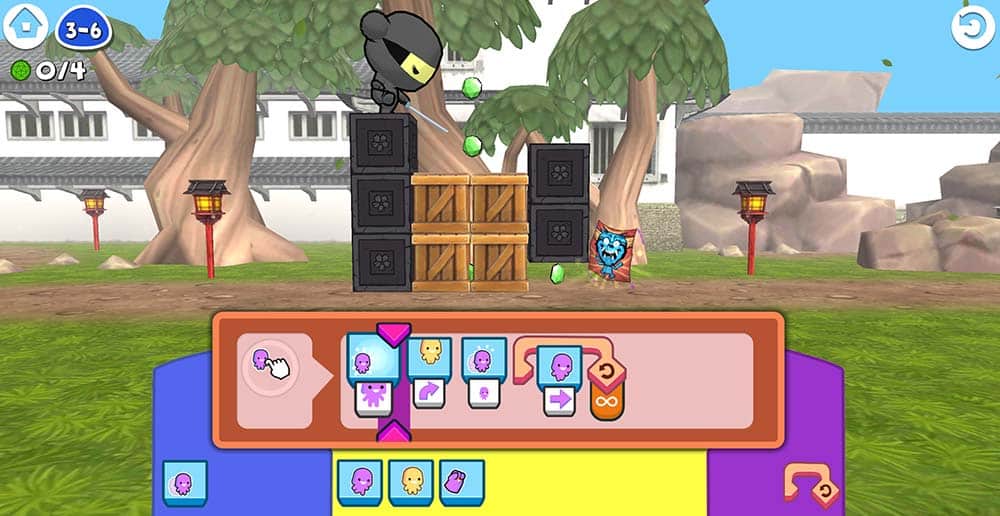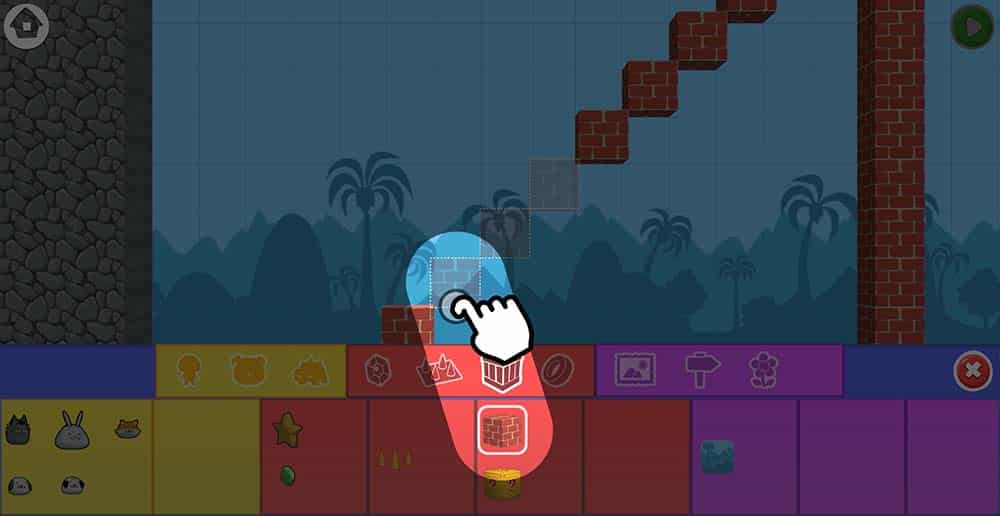Table of Contents

Introduction
Coding is a skill that can be learned at any age. While advanced programming concepts can be difficult for small children to learn, it’s definitely possible to teach algorithmic thinking to very young kids. Developing mathematical thinking from a young age can help children think deeper about the world, and evidence shows that early math skills are one of the strongest predictors of kids’ long-term academic success. Thus, even if children don’t decide to become programmers later in life, they can still benefit massively from learning how to think mathematically at a young age.
Unsurprisingly, a growing number of schools are also now including coding in their curriculum. However, the reality is that only 26% of elementary schools offer any computer science (CS) classes at all. And, many, if not most CS classes offered in these schools don’t include any coding at all. This means that the vast majority of kids never learn any programming in school despite its importance.
But why is that?
There are many barriers to teaching coding in schools, such as a lack of knowledgeable CS teachers and not having enough money to train or hire experienced CS teachers.
Until these barriers are overcome, we need to consider the alternatives, such as online learning. One of these online learning resources is codeSpark Academy: a coding app for children aged 5 to 9. It’s one of the most popular tools for teaching kids fundamental coding concepts, and in this review, we’ll explore what codeSpark Academy has to offer and give our take on whether it’s a good choice for teaching children programming.
Before we get to that, though, let’s first cover the basics.
What is codeSpark Academy?
CodeSpark Academy is a learning app that introduces children aged 5 to 9 to the fundamentals of coding through interactive game-based learning. The app is used by more than 30 million children worldwide and it’s available on Android, iOS, and Kindle devices.
In codeSpark Academy, children are taught how to think logically as they get acquainted with computer programming concepts like loops, conditionals, sequences, and events in fun ways. All the learning activities take place through games, and this helps children get immersed in the learning environment.
It’s important to keep in mind, though, that students are much less likely to see codeSpark Academy as actual coding if they haven’t been taught about concepts such as loops before.
To aid children in developing applicable knowledge, parents or teachers should try to help children understand what a loop is and how it works within the context of programming, or else many of their lessons will be missed.
From our experience, codeSpark will likely have the best results when supplemented with relevant lessons that connect the things that kids are doing in-game to real programming concepts.
Now, let’s examine what’s included in a subscription to the codeSpark Academy. What game modes do they have to offer and what are their purposes?
An overview of codeSpark game modes
These are the three main types of game modes you’ll see when you first launch the codeSpark app:
- codeSpark Puzzles
- codeSpark Create
- codeSpark Explore
codeSpark Puzzles
CodeSpark’s puzzles are a good place to begin using the app, because they get children acquainted with the basic rules of the app. They’ll guide you through the various commands and sequences that you’ll be using in other game modes, and they are designed to start off easy and gradually get more difficult as you move through the levels.
As an example, here’s a simple puzzle where you have to give your character step-by-step commands to reach the donut:

Then, once you go through these simple initial puzzles, you are gradually introduced to more and more functions.
Here you can see a more advanced puzzle that teaches kids advanced sequencing and loops:

There are a wide range of puzzles to choose from, and they target the following types of programming topics, in order of complexity and progression:
- Sequencing
- Loops
- Advanced Sequencing
- Events
- Conditionals
codeSpark Create
In the codeSpark “Create” mode, kids step into the roles of both the designer and the coder by creating their own step-based game worlds and stories.
Here, there are two main options to choose from:
Create a Game. Here, rather than completing premade puzzles, kids get the chance to program their game world. Many of the elements are still pre-programmed and children are guided through the creation process as you can see from the picture below.

Create a Story. Here, children can create their own animations by creating a step-by-step sequence of each story element.
codeSpark Explore
There are a wide range of activities in the codeSpark Explore mode, starting off with Splash Clash.
Splash Clash is a multiplayer game mode on codeSpark that allows kids to practice coding and problem-solving through an engaging, interactive water balloon match. Up to four players can participate in these matches, but it’s not needed to have that many players as the game mode also supports single-player against A.I., a “pass and play” mode that allows multiple players to play on a single device, and an online mode that connects children around the world (for safety, no direct communication is allowed).
The Splash Clash game mode provides kids opportunities to practice problem-solving skills, logical thinking, and sequencing while they create algorithms from scratch. As every Splash Clash game plays out in a unique way, it forces all the players to step outside of their comfort zone and create new solutions and algorithms to win the match.

Besides Splash Clash, the Explore section also contains the following types of game modes:
- Pet Pals (teaches automation)
- Crocodile Catch (teaches variables and inequalities)
- Wild West Pets (teaches stacks and queues)
- Sweet Sorter (teaches Boolean logic)
How much does codeSpark Academy cost?
A subscription to codeSpark Academy costs $9.99 per month if paid monthly, or $6.67 per month if paid annually (a single payment of $79.99).
There are, however, some exceptions to this pricing:
- The first 14 days are free for all users who take advantage of the CodeSpark Academy free trial.
- Educators such as teachers, librarians, and verified non-profit educational organizations in North America can get codeSpark Academy for free.
- Homeschooling parents can be eligible for a discounted price.
Besides buying a subscription for yourself, you have another option available to you: gifting a codeSpark subscription to someone else. The pricing for gifted subscriptions is basically the same as a normal subscription, but instead of the usual monthly/annual subscription options, you have to choose between three durations: 6 months ($59.99), 12 months ($89.99), or lifetime ($179.99). When you purchase a gifted subscription, you’ll receive a unique code in your e-mail that can be redeemed once by the gift receiver.
What types of skills does codeSpark Academy teach?
Programming courses for adults usually target a specific programming language such as Python. In the case of codeSpark, however, children are not taught a specific programming language, but rather a range of skills that enables them to think arithmetically and mathematically like a programmer.
Specifically, the puzzles on codeSpark target the acquisition of the following skills:
- Math
- Logic
- Pattern Recognition
- Problem Solving
- Reading
A more advanced feature of codeSpark is the Game Maker, where children can create puzzles by themselves instead of completing existing ones. While this requires more advanced arithmetic thinking from kids, it also enables them to truly think like a programmer by essentially writing executable code. Plus, creating interactive puzzles enables children to develop the skills of empathy and creativity.
Review conclusion: is codeSpark Academy worth it?
Our review showed that codeSpark Academy is a good coding app for young children. It’s great for pre-readers due to its’ word-free, image-based learning activities, and it’s an effective tool for teaching kids how to think like a programmer.
We liked the app as it doesn’t have any optional purchases in-game, it does not collect sensitive data, and it’s one of the most robust coding apps of its kind. However, the games may be too childish for some children in grades three or above, and it’s’ best suited for teaching children algorithmic and problem-solving mindsets rather than specific programming languages.
It’s a great option if you’re looking for an app that will teach your young child how to program without going too deep into coding principles and complexity. The app features a wide range of games to choose from, and children can even fuel their sense of creativity by creating their own programming puzzles, stories, and characters.
For these reasons and more, we consider codeSpark Academy one of the best coding apps for kids. And, as the app comes with a free 14-day trial, it’s certainly worth giving codeSpark a try for yourself.



